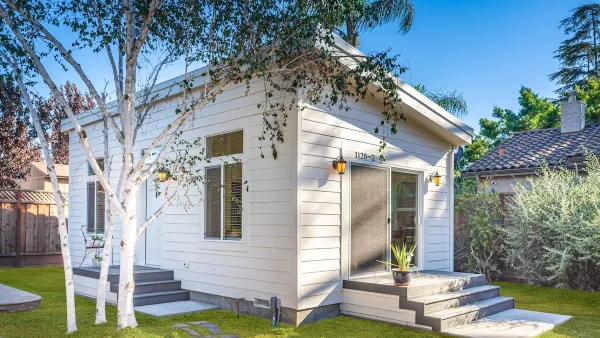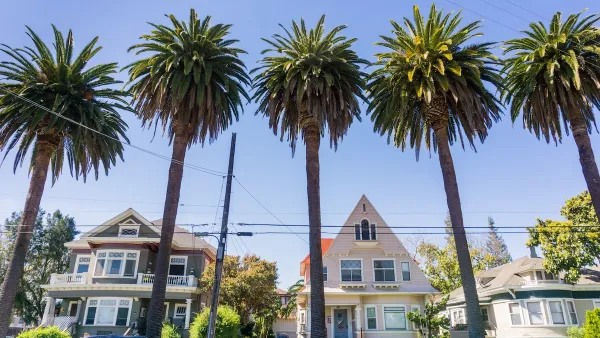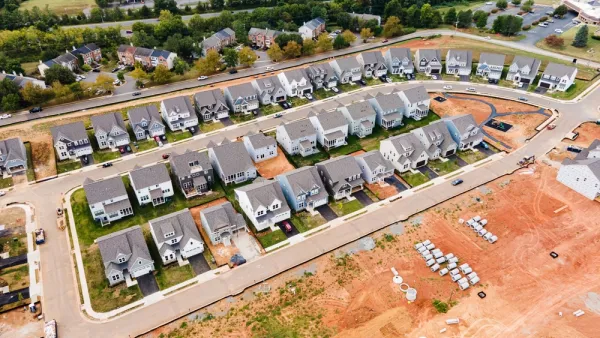An overlooked but important part of American housing stock, many condominium complexes are facing the consequences of decades of deferred maintenance as their buildings and infrastructure reach a critical age.

Carolyn Gallaher assesses the 'mid-life crisis' faced by America's condos, defined by Gallaher as "private residences within a larger property or complex" in which "[r]esidents co-own [shared] elements so they are jointly responsible for their maintenance, repair, and/or replacement."
As many of these units age, they require maintenance that has long been deferred, complicated in part by two important trends. "The first is collective action problems. The second is the financialization of housing."
Problems created by the real estate crash of the 2000s, such as residents' inability to pay fees, foreclosures, and slowing condo sales, continue to have ripple effects today. "In 2016, the Washington Post reported on area condominiums still facing financial difficulties because their reserves had been depleted during the recession."
However, "there are things municipal and state governments can do to prevent condos from falling into disrepair in the first place. Right now, the FHA already requires condominium complexes eligible for FHA mortgages to meet reserve requirements. State and localities could provide incentives for properties to come up to FHA standards." States can also "standardize rules for how complexes within their borders report budget information to prospective buyers. Doing so would make it easier for buyers to compare across properties, and would encourage all properties to meet baseline requirements."
Protecting condos is important, writes Gallaher, because they are "an important part of the American housing stock. They are often more affordable than single-family homes and better suited to people who don’t need or can’t maintain larger homes," contributing to an equitable housing market.
FULL STORY: Are America’s condos having a midlife crisis?

Analysis: Cybertruck Fatality Rate Far Exceeds That of Ford Pinto
The Tesla Cybertruck was recalled seven times last year.

National Parks Layoffs Will Cause Communities to Lose Billions
Thousands of essential park workers were laid off this week, just before the busy spring break season.

Retro-silient?: America’s First “Eco-burb,” The Woodlands Turns 50
A master-planned community north of Houston offers lessons on green infrastructure and resilient design, but falls short of its founder’s lofty affordability and walkability goals.

Test News Post 1
This is a summary

Analysis: Cybertruck Fatality Rate Far Exceeds That of Ford Pinto
The Tesla Cybertruck was recalled seven times last year.

Test News Headline 46
Test for the image on the front page.
Urban Design for Planners 1: Software Tools
This six-course series explores essential urban design concepts using open source software and equips planners with the tools they need to participate fully in the urban design process.
Planning for Universal Design
Learn the tools for implementing Universal Design in planning regulations.
EMC Planning Group, Inc.
Planetizen
Planetizen
Mpact (formerly Rail~Volution)
Great Falls Development Authority, Inc.
HUDs Office of Policy Development and Research
NYU Wagner Graduate School of Public Service




























